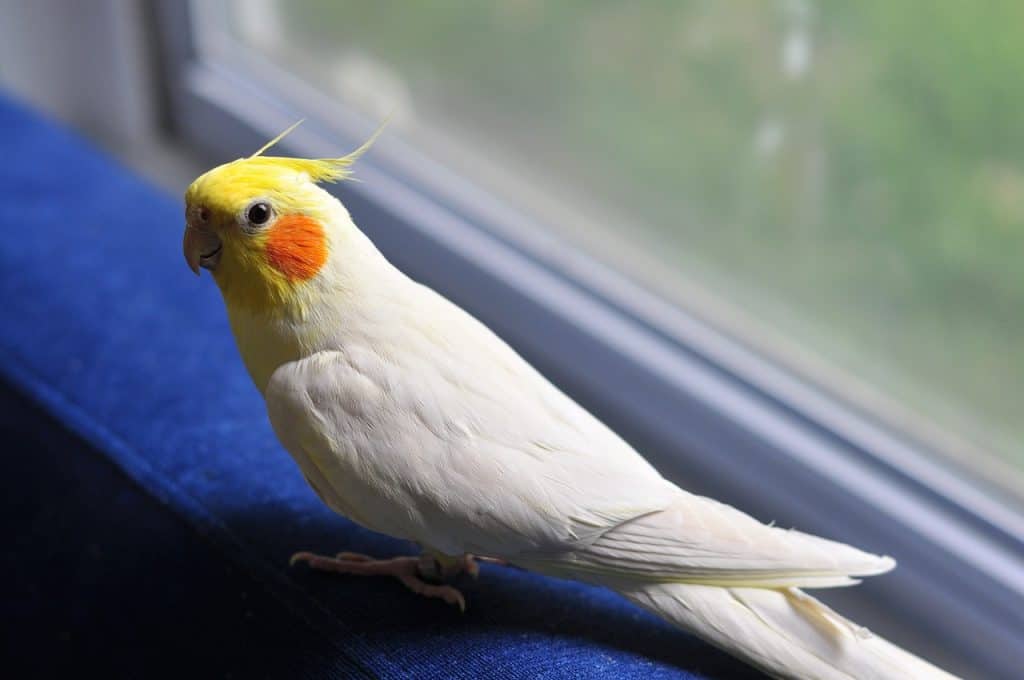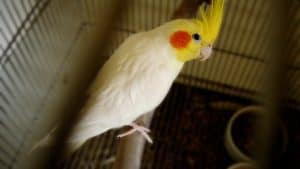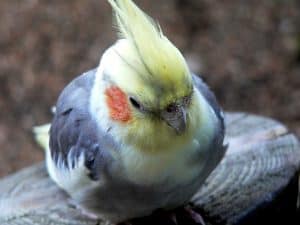Spotting your cockatiel limping can be concerning for any bird owner, especially if it’s a new behavior. There could be several reasons why your feathered friend is experiencing this issue. It’s crucial to identify the cause and seek proper treatment to ensure your cockatiel remains in good health and regains normal mobility.
Identifying a Limping Cockatiel
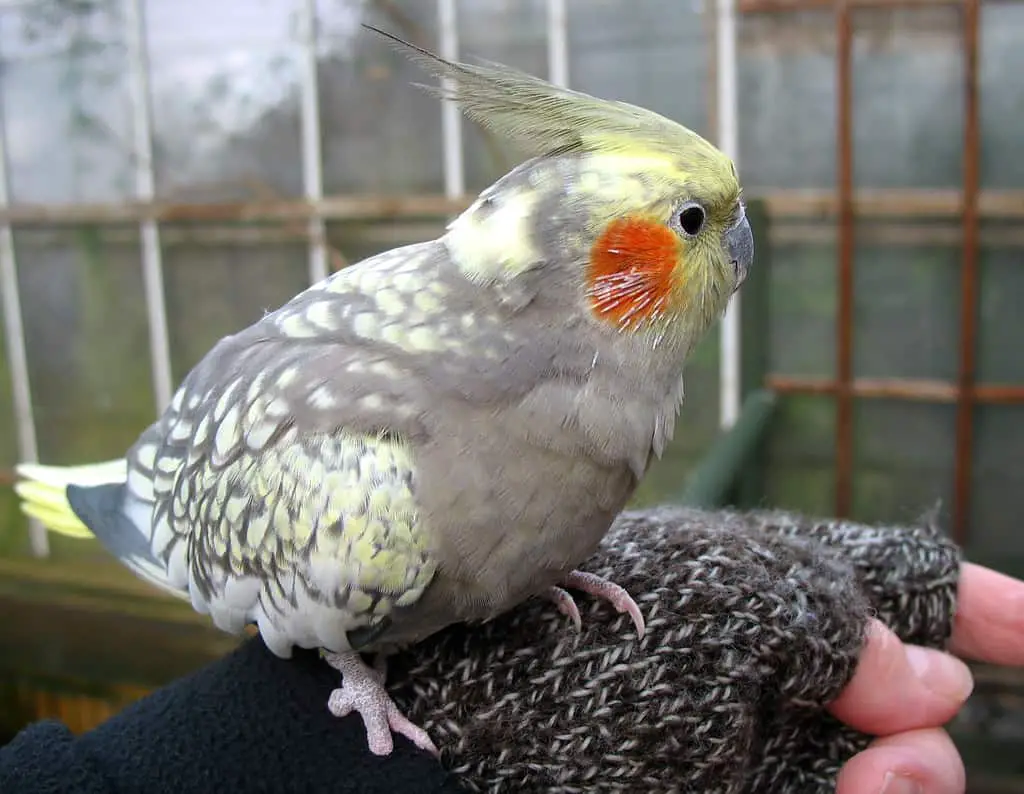
If you’ve noticed your cockatiel limping, it’s essential to identify the cause and, if needed, seek proper treatment to ensure your bird’s health and well-being. There are several reasons why a cockatiel may limp, ranging from injuries to infections to underlying health issues. By closely observing your bird and recognizing any accompanying symptoms, you can better determine the appropriate course of action.
Common Causes of Cockatiel Limping
When you notice your cockatiel limping, it’s essential to take the situation seriously, as it could indicate a health problem. There are several potential causes, and it’s crucial to identify the issue to provide the appropriate care. Here are some common reasons for limping cockatiels:
- Overgrown nails: Your cockatiel’s nails can become overgrown, causing discomfort and limping. It’s important to regularly trim your bird’s nails and consult an avian vet if you’re unsure how to do it correctly.
- Vitamin D deficiency: A deficiency in vitamin D can lead to weak legs and limping in birds, as this essential nutrient helps maintain healthy bones and joints. Ensure your cockatiel’s diet contains a good balance of vitamins and minerals. Spending time in natural sunlight or using UV lamps designed for birds can also boost vitamin D levels.
- Injuries: An injured bird could have broken or fractured bones, sprains, or bruises, which may lead to limping. It’s crucial to get your limping cockatiel checked by an avian specialist who can perform X-rays and determine if there are any broken bones or other injuries.
- Arthritis: Older birds may develop arthritis, leading to discomfort and limping. If you suspect your cockatiel has arthritis, seek advice from an avian vet. They may prescribe medication or suggest changes in diet and cage setup to help manage the condition.

- Improper perches: Using improper perches can result in pressure on the foot, affecting your bird’s comfort and causing limping. Be sure to provide your cockatiel with a range of perch sizes and materials to promote healthy feet.
- Infections: Bacterial or fungal infections can affect a cockatiel’s feet, leading to swelling and limping. Consult an avian vet for a proper diagnosis and treatment.
- Gout: Although more common in older birds, gout can lead to painful swollen joints, which may present as limping. Your avian specialist can diagnose gout and prescribe appropriate treatment.
- Tumors: Lumps or masses around the leg or internal organs can cause discomfort and limping. Seek advice from an avian vet to identify and treat these issues.
- Heavy metal toxicity: Ingestion of toxic metals, such as lead or zinc, can result in neurological problems, affecting your cockatiel’s legs and causing limping. If you suspect heavy metal toxicity, take your bird to an avian specialist for treatment.
It’s crucial for your cockatiel’s health and well-being to address the underlying cause of limping. As soon as you notice this issue, consult an avian veterinarian to determine the root of the problem and provide suitable care and intervention.
How to Help Your Limping Cockatiel
When you notice your cockatiel limping, it’s essential to act fast to identify and address any underlying health issues. Here’s a guide to help you care for your limping cockatiel:
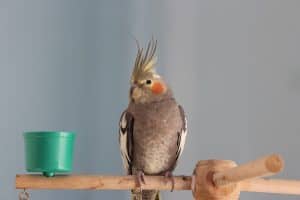
- Inspect the leg and foot for visible injuries: Examine your bird’s leg and foot to see if it has broken bones, hurt toes, or swollen areas. If you identify any signs of trauma, consult an avian specialist as soon as possible.
- Examine the nails and perches: Overgrown nails can cause discomfort and affect your bird’s stability, leading to limping. Check if the nails are too long and require trimming. Additionally, improper perches can contribute to limping. Make sure the perches in your cockatiel’s cage are the right size and texture. Proper perch surfaces can help support your bird’s weight, promoting healthy leg and foot alignment.
- Take your bird to an avian vet: If you can’t find a visible injury, it’s crucial to schedule a visit to an avian vet. A thorough evaluation done by a veterinarian can detect if your cockatiel is limping as a result of infections, arthritis, gout, tumors, or vitamin deficiencies, particularly vitamin D deficiency.
- Keep a close watch on your pet’s diet: Ensure that your cockatiel is getting a balanced and nutritious diet, which is vital for its overall health. A diet rich in vitamin D can strengthen bones and alleviate weakness in your bird’s legs. Consult an avian specialist or refer to a forum community dedicated to cockatiels for dietary advice.
- Provide rest and comfort for your injured bird: Your limping cockatiel may require more time to rest and recover from its injury or illness. Create a comfortable environment in the cage, making sure the food and water are easily accessible.
- Follow the vet’s treatment plan: Your avian vet will likely recommend a course of action based on the diagnosis, which could include medication, supportive care techniques, or possible changes to the cage setup. You must adhere to the proposed treatment plan to ensure your bird’s health and well-being.
Ultimately, addressing a cockatiel limping issue involves a combination of home care and professional guidance. By closely monitoring your bird’s condition and working with an avian vet, you can effectively help your pet overcome this problem.
Final Thoughts
Observing your cockatiel limping can be distressing, but through understanding the possible causes, you can address the problem adequately. A visit to an avian vet is crucial in assessing the underlying issue. Some common reasons for limping in cockatiels include:
- Overgrown nails
- Vitamin D deficiency
- Injured legs
- Weak legs
- Bacterial or fungal infection
Proper care is essential for your pet’s health. Keep an eye on your bird’s diet, making sure it gets adequate Vitamin D, to avoid weak legs and other health issues. Be mindful of proper perch sizes and materials to help prevent discomfort that may result in limping.
Sometimes, limping may be indicative of more serious problems, such as heavy metal toxicity, arthritis, tumors, or gout. By collaborating with an avian specialist, you can accurately diagnose the issue and determine the appropriate course of treatment.
It’s essential to regularly check your bird’s perches, nails, and feet – overgrown nails, improper perches, and swollen feet can be addressed with relative ease. Seek advice from an avian vet or a forum community dedicated to caring for birds when needed.
By prioritizing your cockatiel’s well-being and attending to any issues promptly, you’ll help maintain your pet’s overall health and happiness. Ultimately, keeping a close eye on your bird and providing it with the proper care is essential in preventing and treating cases of limping.
